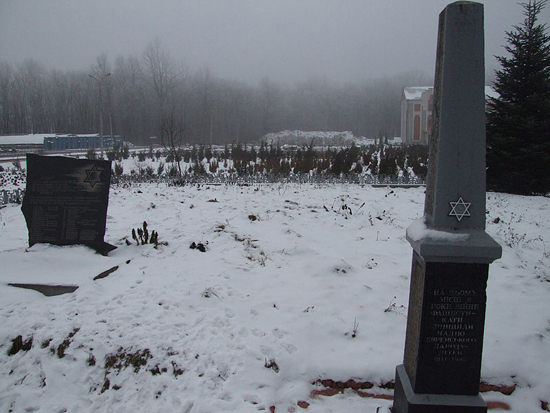'The Manuscript Found in Saragossa'
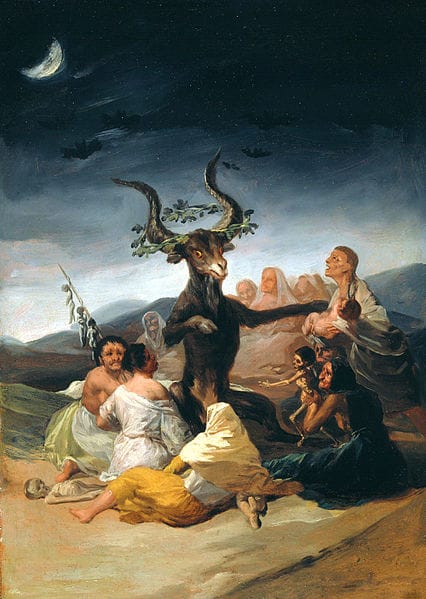
The Manuscript Found in Saragossa, by Polish nobleman Jan Potocki, is one of literature's least known masterpieces. It has been compared with The Decameron, The Canterbury Tales and The Arabian Nights, but I would go with From Dusk till Dawn 1-3. Or Don Quixote. Or Borges as filmed by Buñuel. Or just go with a shaggy dog story.
It consists of a series of stories (and stories within stories), and it fits easily enough into the European traditions of the Gothic Novel - plenty of sex, murder, the occult, vampires, Gypsies, the Inquisition, a Wandering Jew, the Kabbalah, secret societies and so on, all told with sly humor and irony.
I was morose for the rest of the day, did not eat supper and went to bed, where I dreamed of vampires, phantoms, nightmares, spectres and hanged men.
The manuscript is "found" by a French officer in Saragossa during the Napoleonic Wars. It contains the memoirs of one Alphonse, a Captain of the Walloon guards (the guards' job was to protect the Spanish King), and it is set many decades earlier, in 1739. Alphonse has traveled for 66 days through the infamous Sierra Morena, home to bandits and many legends, on his back way to Madrid. People tell Alphonse their stories and those stories generate new spin-off stories, or is he fantasizing all this?
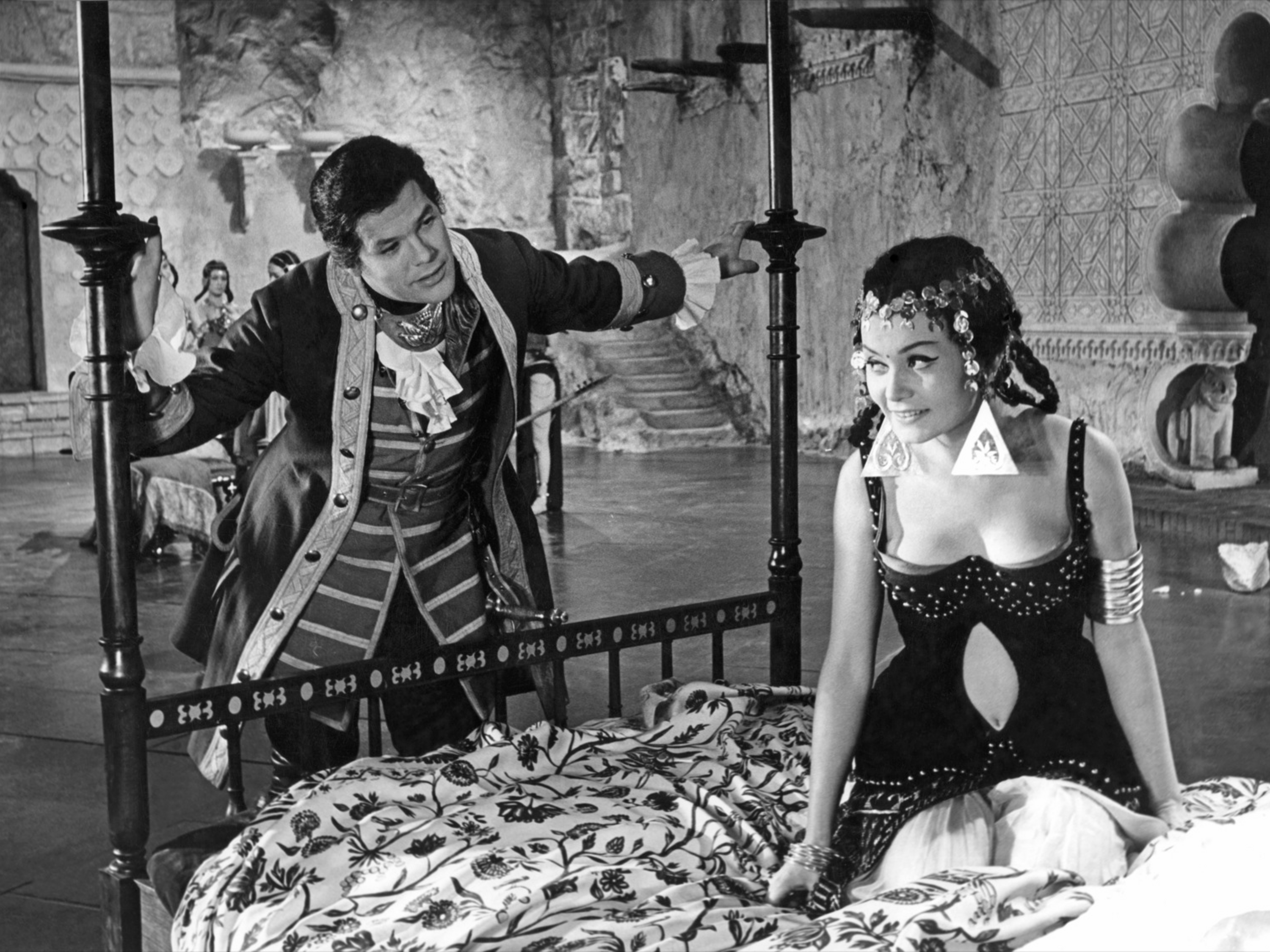
The sexual content is there from Day One, as Alphonse is seduced by Emina and Zubeida, two Moorish princesses who grew up in a Tunis harem or perhaps technically he is seduced only in his dreams. Or perhaps they are local girls or Gypsy girls; you can't trust Alphonse or his dreams. Not only that, the girls tell Alphonse they have often explored their sexual feelings with each other, since there were no men around to practice on. When Alphonse wakes up in the morning he is on the ground outside, under the corpses of two hanged men. As you might expect, Satan and his demons put in appearances and the sex diminishes quite quickly after this. And so it goes...
There is an element of the Commedia dell'Arte about it all, but set in the wild landscapes of southern Spain and in bright sunlight - like this Goya painting perhaps, where everyone is just a performer and the light is the main character.
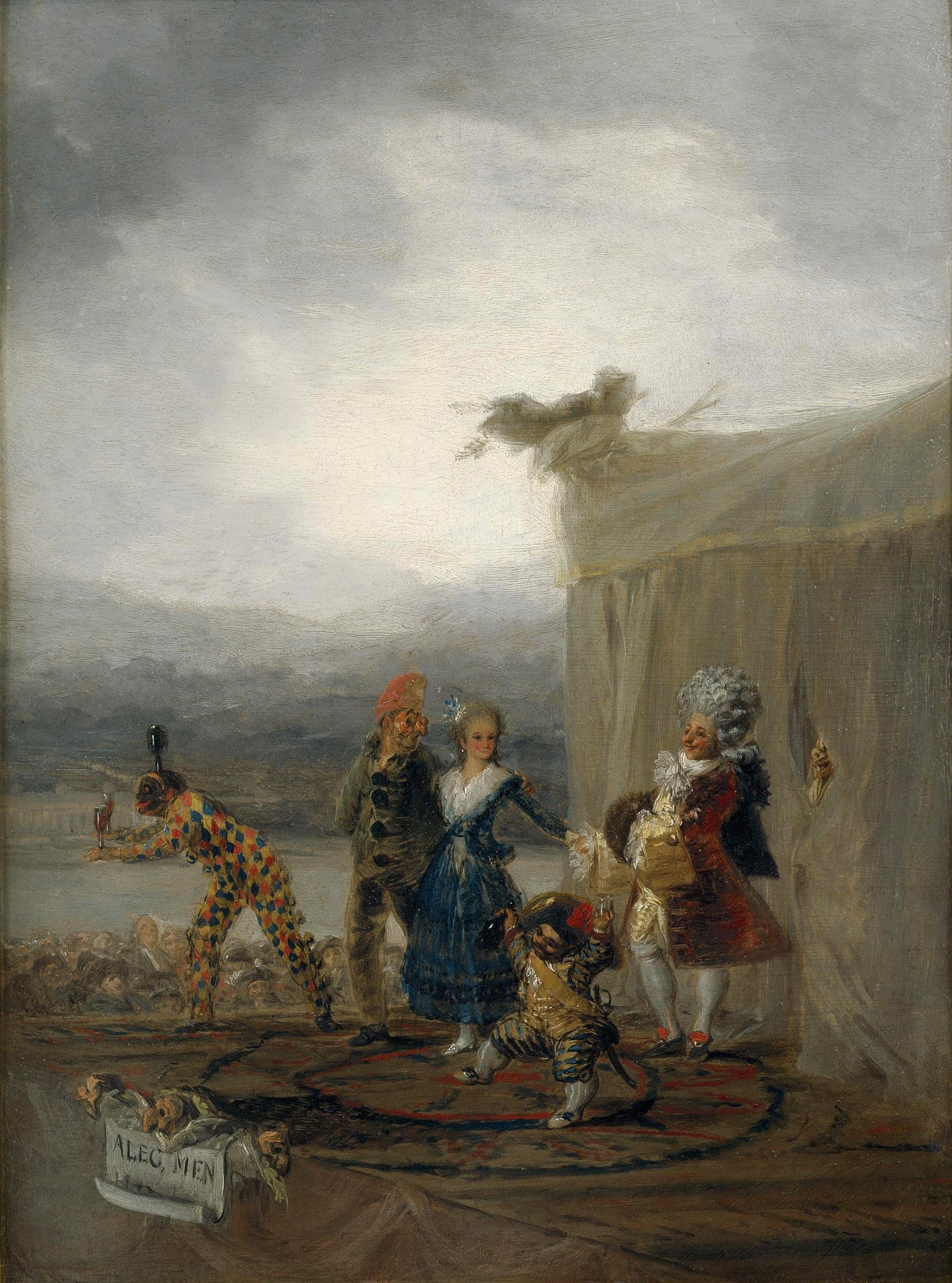
Potocki, like Casanova, was an intellectual adventurer who traveled constantly, from Spain to Siberia, from 1778 onwards. I have no doubt he would have read Horace Walpole's Castle of Otranto (1764) and other Gothic fiction and seen Goya's paintings while in Madrid. My copy of Potocki's Manuscript has one of Goya's etchings, The Sleep of Reason Produces Monsters (1797-99), on the cover. It's a great book if you drop in and out.
Potocki published the novel in stages between 1805 and 1810, in French, but he continued to revise it and I've read that the later versions are darker than the earlier ones (Potocki would commit suicide in 1815 aged 54). Below is a suitably surreal image from this Polish film version of 1965. Jerry Garcia, Martin Scorsese and Francis Ford Coppola financed a restoration of the film in the 1990's.
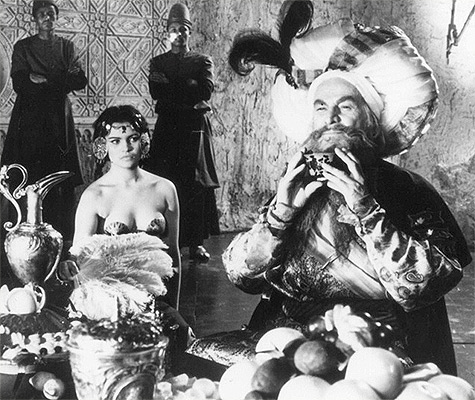
The Potocki family had extensive landholdings in Podolia, a region that is now part of western Ukraine and which at the time was under Austrian Habsburg control and supervised by Polish aristocratic families like the Potockis. It did not make them popular with the Ukrainian peasantry. Potocki himself was born near, and died in, the small village of Uladivka (that's the English name), near Vinnytsia. Nowadays the Potocki family estate appears to be a ruin and there are no memorials and no Polish pilgrims. They aren't fond of their previous Polish overlords. I've found no photos of the old estate online.
Still, Poland was as much a victim as an oppressor. During Potocki's lifetime, the country was partitioned in stages, in 1772 and 1793, along with its neighbor Lithuania, when Austria, Prussia and Russia annexed large chunks of territory and then Poland disappeared altogether in 1795. Many of the areas annexed did not have Polish populations, but the emotional impact was devastating and the Polish intelligentsia emigrated. It underlies the music of Chopin, the literature of Mickiewicz and the historical writing and activism of Potocki. Back in Podolia, meanwhile, the Polish aristocracy continued to exert local control over its ethnic Ukrainians and Potocki returned to his Uladivka estate for the last few years of his life before his suicide in 1815.
Since then, Podolia has experienced plenty of horrors. A Jewish minority remained there and in adjacent states (the Pale of Settlement), but their situation deteriorated rapidly after 1881 with constant pogroms, which lasted through 1918-1920, during the Ukrainian/Russian Civil War that followed the 1917 Bolshevik Revolution. Many Jews and Ukrainians emigrated to the US, Canada and elsewhere. In 1932-33, the remaining population nearly starved to death in the famine imposed by the Soviets known as the Holodomor ("Extermination by hunger") and with World War II came the Nazi extermination camps. Below is a Jewish memorial in Vinnytsia.
